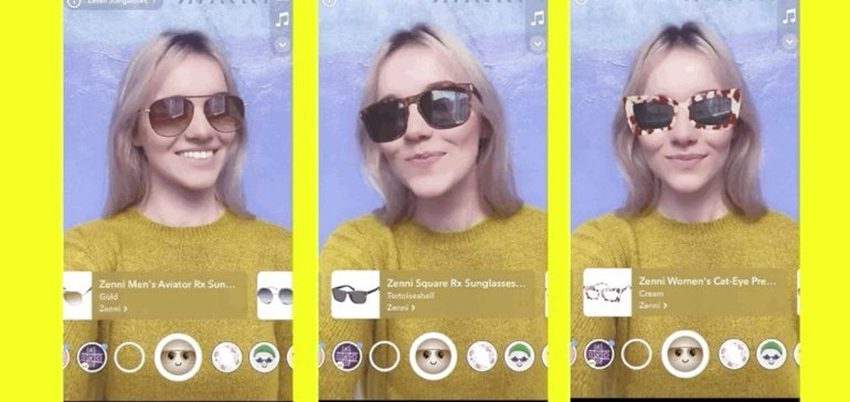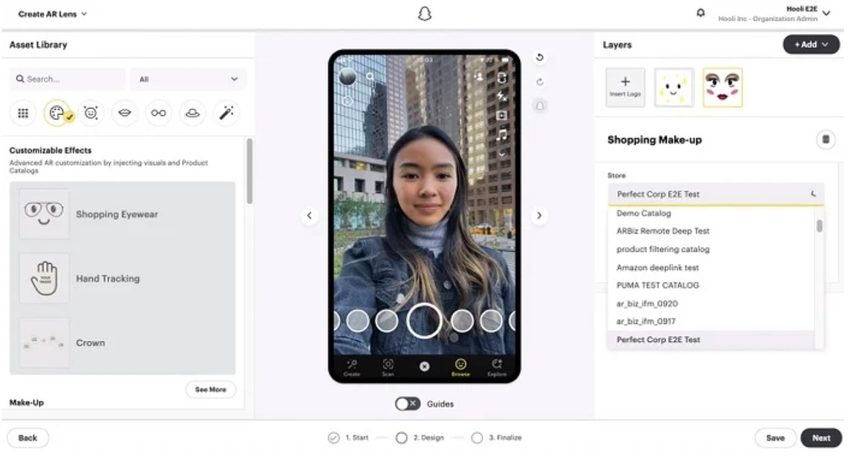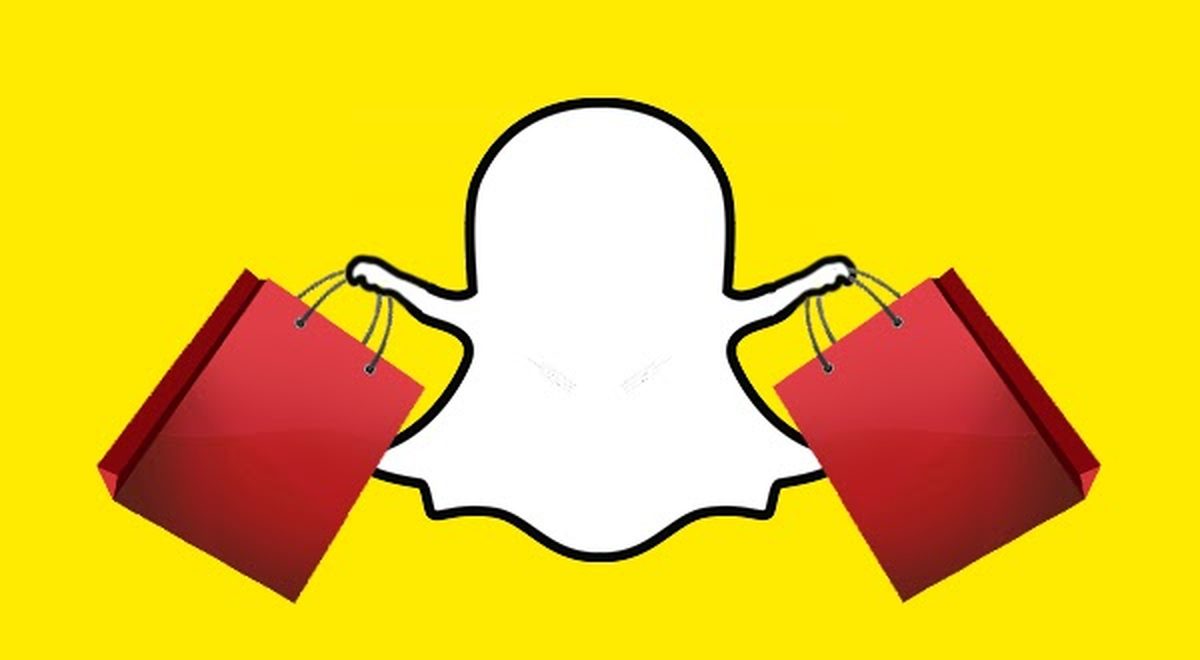With the launch of new “Catalog-Powered Shopping Lenses,” Snapchat is aiming to take its AR capabilities to the next level for eCommerce, with the introduction of new “Catalog-Powered Shopping Lenses” that will enable companies to incorporate a variety of items into a single Lens, giving more virtual try-on alternatives for consumers.
The new option will make it simple for Snap users to try out several products in a single Lens promotion, with product details, such as price, included for easy reference in the app.
Snapchat’s new features: Catalog Lenses and Lens Web Builder
Snap’s Catalog Lenses will be directly linked to a business’s product catalog, permitting for more product exposure in each campaign and real-time direct feedback to brands. If, for example, one item is getting more attention than another, that might influence your future advertisements or lead you to try different things to find out what happens.

Snap is also gaining more information about which products individual users are interested in as a result of the same technique, allowing it to use that data in its own ad targeting.
Snap is also working on making it easier for more companies to build AR Lenses. The Lens Web Builder tool will be updated with new templates and tools to simplify the procedure, allowing for greater brand participation.

The new tools, as you can see in this example, will allow marketers to create AR experiences by simply utilizing pre-built capabilities, allowing you to point and click your way through the Lens creation procedure.
According to Snapchat:
“We’ve now made it so brands can generate a commerce Lens in as fast as two minutes and Beauty brands can do so in just a few clicks. At launch, this quick click accessibility in Lens Web Builder will be available to Beauty brands and will roll out to other product verticals in the coming months.”
That’s an important step forward, and it really represents the next stage for AR commerce. While there’s certainly value in AR advertising, with 71 percent of Snap users frequently using its AR tools and over 100 million consumers already buying with AR, a major hindrance for many companies is the time and resources needed to create an AR experience, which leaves such only within the domain of large firms now.





